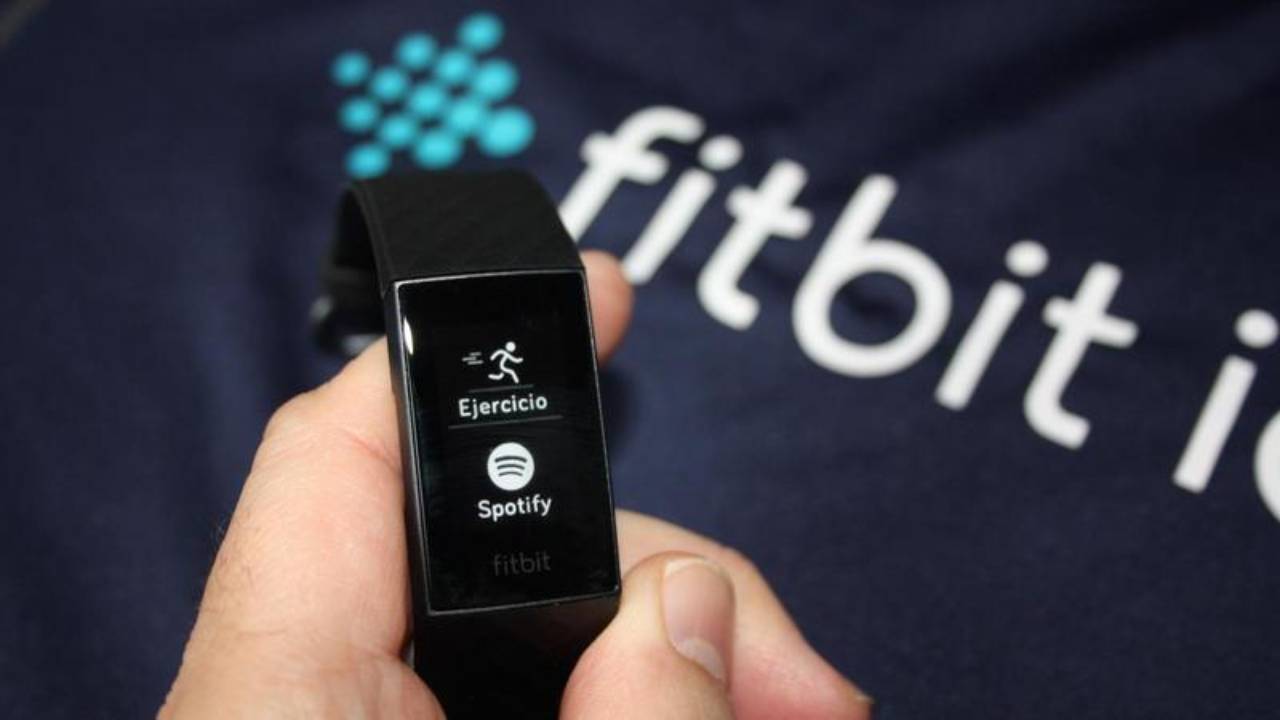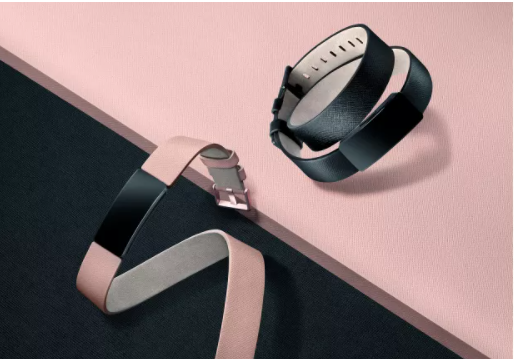

There's big differences on the screen front with the Charge 5 packing a full AMOLED color touchscreen, which offers an always-on mode.

It's a similar story for the Charge 5, which hosts haptic control and additionally includes stainless steel panels to offer the ability to take ECG and EDA readings. In terms of interacting with these devices, the Inspire 2's case can be squeezed to wake up the display or skip back a screen. Like the Inspire 2, it's been slapped with a 5ATM water resistant rating letting you submerge them in water up to 50 metres, making it safe for swimming. On the Charge 5 you get a much higher-class aluminium case, with a removable silicone band with an array of other official Fitbit bands on offer. A clip accessory means you can wear it on a waistband or underneath your clothes for more discreet tracking. There the battery life is 5 days.Unlike the Charge 5, you don't only have to wear it on your wrist either. The battery life is a bit higher, according to Fitbit, at charge 3 with 7 days than with the Inspire HR. In batch 3 there is this option, which is called Quick Replies. Although the Fitbit Inspire HR also delivers the notifications on the display, it does not offer the ability to respond directly through the tape. The third difference concerns the notifications. The manufacturer has his own system here, which is called Fitbit Pay. Charge 3 thus offers the possibility for mobile payment.

In addition, batch 3 has a NFC chip installed. The Inspire HR does not have this option because there is no altimeter. This allows the more expensive fitness tracker to also record floors. In terms of hardware, Fitbit has provided Charge 3 with an altimeter. Charge 3 is reported with a little more battery life.However, the differences are small and manageable: Differences in functionality Overall, the Fitbit Charge 3 may be slightly more than the Inspire HR.


 0 kommentar(er)
0 kommentar(er)
